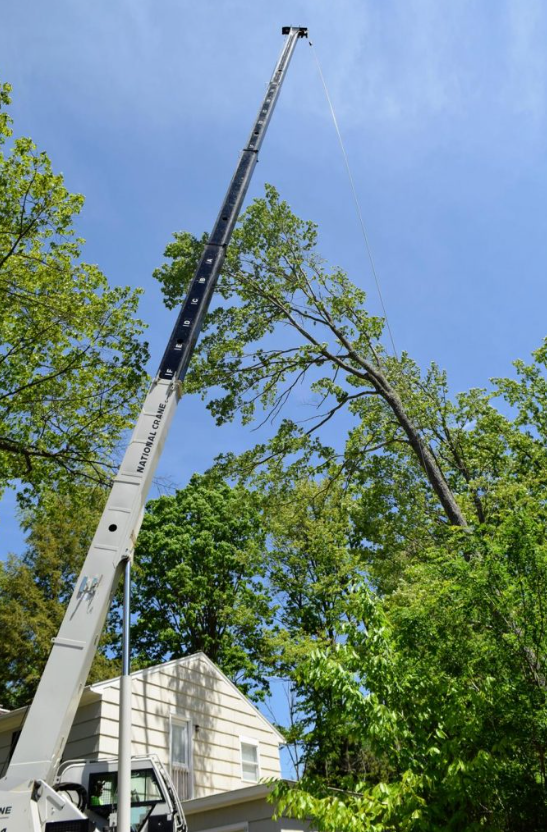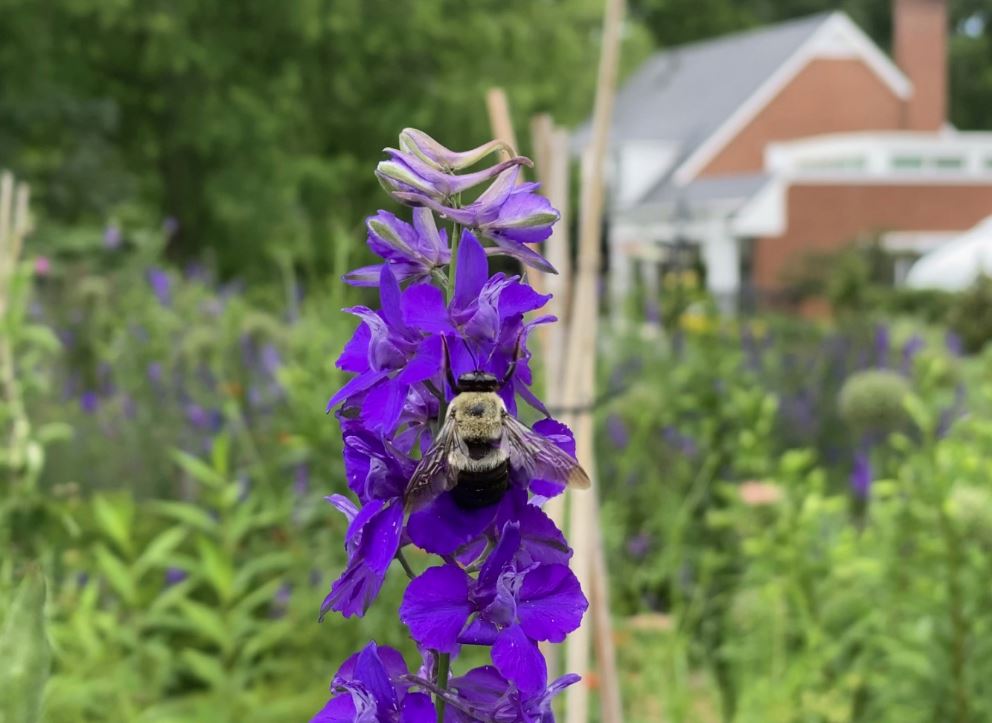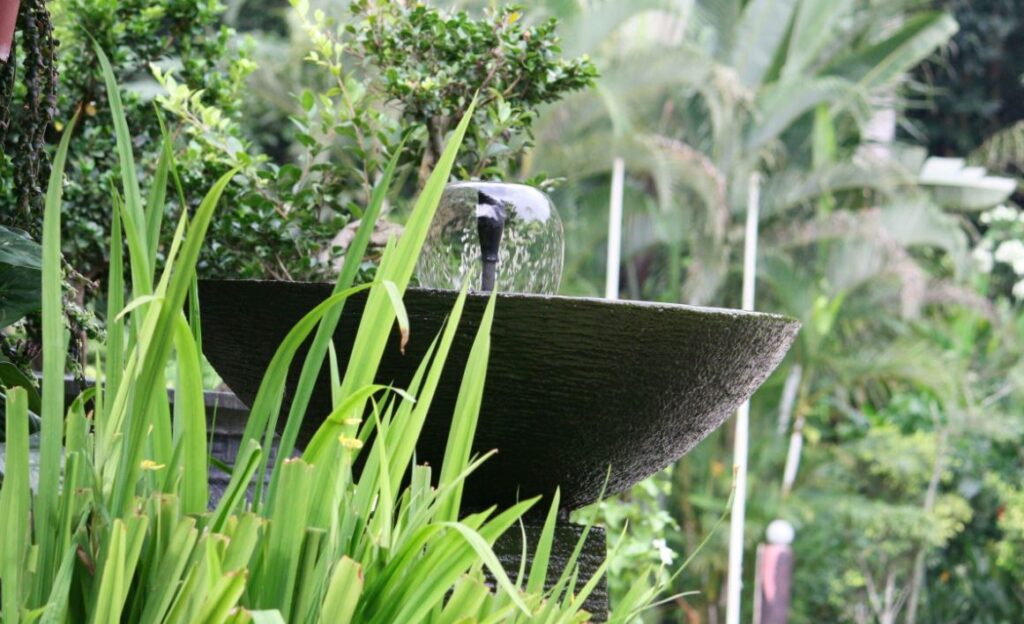Dec 1, 2023
Creating a Cosy Outdoor Oasis: Patio Decor Tips and Tricks
The concept of ‘home’ extends beyond our four walls. For many, an inviting outdoor space represents an extension of their sanctuary, a place where memories are created, and a haven to retreat after a hectic day. With the increasing emphasis on outdoor living and the joys it brings, patio construction has become more than just a trend—it’s a way of life.
Whether sipping your morning coffee as you watch the sunrise, hosting a summer BBQ, or wrapping yourself in a blanket under the stars, a well-decorated patio can offer these pleasures and so much more. This guide will provide insightful decor tips and tricks to transform your patio into a cosy outdoor oasis, ensuring every moment is magical. Dive in and discover the potential that lies in your very own backyard.

Setting the Foundation
Every masterpiece needs a sturdy foundation, and your patio is no exception. This is where your journey begins, as the foundation of your patio dictates the ambience, functionality, and longevity of your outdoor space.
Choosing the Right Flooring
Wood Decking vs. Stone Pavers: Both have their charm. Wood decking gives a rustic and warm look, perfect for those who want to capture the essence of nature. On the other hand, stone pavers provide a touch of elegance and come in various patterns and designs, making customisation a breeze.
Pros and Cons: Wood decking, while beautiful, can be susceptible to wear over time, especially if exposed to the elements. Regular maintenance, such as staining or sealing, is required. Stone pavers, while more durable, can become uneven over time or allow weed growth between the stones. They also might feel hotter underfoot during sunny days.
Weather Conditions and Maintenance: Your local climate plays a significant role. Wet climates might make wood susceptible to rot, while extreme heat could make stone uncomfortably hot. Regular maintenance, whether sealing wood or cleaning stone, ensures longevity.
Visit www.coolaspatios.com.au/ to learn more.
Patio Furniture Selection
Investing in Quality: As the saying goes, “Buy cheap, buy twice.” Investing in quality patio furniture ensures you won’t replace it every few years. Look for furniture made of durable materials designed to withstand external conditions.
Size, Comfort, and Functionality: Choose furniture that fits your space without overcrowding. Prioritise comfort, especially if you plan on spending long hours outside. Additionally, consider multifunctional pieces like storage benches to maximise utility.
Embracing Nature
A true oasis isn’t complete without embracing the calming touch of nature.
Incorporating Plants
Ideal Plants: Choose succulents, ferns, and lavender that thrive in patio conditions. Vertical gardens or hanging plants are perfect solutions for those with limited space.
Creating a Lush Environment: Diversify plant types and sizes to create depth and dimension. A combination of tall plants for privacy, mid-sized ones for aesthetics, and trailing plants for a touch of wilderness can perfect the scene.
Water Features
Benefits: The soothing sound of water can transform your patio into a serene retreat. Fountains, ponds, or birdbaths enhance the visual appeal and attract local wildlife like birds, creating a lively ambience.
Choosing the Right Feature: Consider the size of your patio. A compact fountain may be ideal for smaller spaces, while larger patios accommodate ponds. Birdbaths are versatile and can fit in nearly any setting.
Illuminating Your Space
When the sun sets, let your patio shine with the right lighting.
String Lights
Charm and Warmth: String lights glow softly, making evenings feel cosy and magical. Whether draped overhead or wrapped around trees, they will create a starry night feel.
Safety and Setup:
- Ensure that the string lights are designed for outdoor use.
- Opt for LED lights, as they’re energy-efficient and last longer.
- Ensure all electrical connections are safely made, preferably with weatherproof covers.
Candles and Lanterns
Ambient Lighting: Candles and lanterns add an old-world charm. Their flickering light creates a relaxing mood, perfect for intimate gatherings or solo relaxation sessions.
Wind-resistant Options: Choose lanterns with glass enclosures to protect flames from being extinguished by the wind. Opt for thicker candles that burn longer and are less affected by breezes.
Textiles and Accessories
Textiles can transform the look and feel of your patio, making it cosy and inviting.
Throw Pillows and Blankets
Colour and Comfort: Incorporate throw pillows in vibrant hues or patterns. They’re an easy way to refresh the look seasonally. A few soft blankets can increase the cosiness quotient exponentially.
Weatherproof and Storage: While many outdoor textiles are designed to resist moisture and sun fading, it’s still wise to invest in a storage chest to protect them during inclement weather.
Rugs
Outdoor Materials: An outdoor rug can define a seating or dining area. Ensure it’s made of weather-resistant materials like polypropylene that’s easy to clean and won’t succumb to mildew.
Visual Appeal: Rugs can break the monotony of your flooring, whether it’s wood or stone. It adds warmth and texture, making your outdoor space even more inviting.
Shade and Shelter
Even the sunniest souls sometimes crave shade, especially during the warmest months.
Umbrellas and Shade Sails
Options for Sun Protection: Not only do umbrellas and shade sails protect you from harmful UV rays, but they also provide a cool spot to relax. Choose between a central umbrella, offset umbrella, or extensive shade sails based on the size of your space and seating arrangement.

Stylish Relief: Gone are the days when shade options were solely functional. Today, you can find them in various colours, patterns, and materials that can be a protective and decorative addition to your patio.
Pergolas and Gazebos
Permanent Fixtures: Pergolas and gazebos are long-term investments that provide shade and act as statement pieces. Their structures can support climbing plants, lights, and even textiles.
Customization and Decorating: Drape a pergola with airy curtains or grow climbing roses for a romantic touch. Gazebos can be adorned with string lights or lanterns to make them the focal point of your outdoor space.
Personal Touches
Your patio should echo your personality and style.
DIY Decor Ideas
Simple Projects: From creating mosaic tabletops to hand-painting pots, the DIY world is teeming with ideas to add a personal touch to your space.
Upcycling: Give old items a new life. An old ladder can become a plant stand or an antique crate can be transformed into a storage box.
Themed Decor
Various Styles: Whether you’re a beach bum at heart and yearn for a coastal theme, adore the laid-back boho vibe, or fancy the simplicity of rustic charm, there’s a theme to cater to every taste.
Seasonal Adaptations: Patios, like our interiors, can be spruced up for occasions or seasons. Think fairy lights for Christmas or pumpkins for Halloween. The sky’s the limit!
Maintenance and Care
The longevity of your oasis depends on how you care for it.
Cleaning and Storing Furniture: Regularly clean furniture based on the manufacturer’s instructions. During harsh weather or off-seasons, consider furniture covers or storing items indoors.
Plant Care: Keep plants pruned, watered, and fed. Rotate pots to ensure even sunlight, and be vigilant about pests.
Decor Longevity: Store textiles when not in use, clean lighting fixtures, and periodically check the state of decor items to keep them looking fresh.
Creating your cosy outdoor oasis is a fulfilling journey, reflecting your style and needs. As you sit back and enjoy the fruits of your labour, the satisfaction of having a personal retreat is unparalleled. It becomes a space of memories, relaxation, and joy. So, if you haven’t begun your patio transformation, there’s no time like the present. Dive in and let your imagination soar, crafting an outdoor paradise uniquely yours.
More Details








